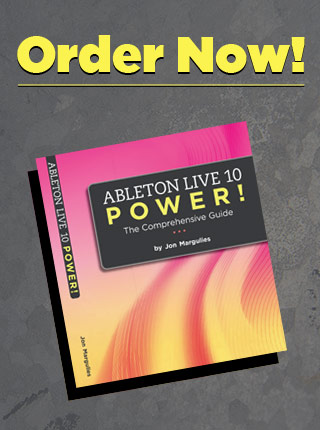Hey folks, we’ve started up a brand new fan page on Facebook for Hobotech – my
party/genre/collective.
If you’re a fan of these tips, do me a favor and sign on as a fan. We’re giving away Hobo Blues as a free download to say thank you. When we get to 1000 fans we’ll be giving away a brand new free download!
Do it now. Now! Now! Now! Now! Now!
Thank you so much! It is greatly appreciated.
——————————————————————————————————————————————
Yesterday I suggested embracing the creative limitation of only using a small handful of sounds to create your tracks. This doesn’t mean that you should make lots of tracks with the exact same sounds, though. The reason that so many good producers start with a relatively small palette is that it speeds you through the most delicate part of the creative workflow – the very beginning. When you’re inspired to make music, don’t get lost digging through a million sounds – just rock out with a few that you’ve already chosen, then move on to making them perfect.
There are many different techniques for shaping sounds and it’s important to be familiar with all of them. I’ll be getting into all of these approaches in detail:
- Layering: With a folder of 10 kick drums you can make a zillion different kicks by layering them together in different combinations and balancing them to taste.
- EQ/Filter: A clangy hi hat can be changed to a thin crisp one by removing the lower frequencies. Judicious EQ makes your layering better, too. Use the high frequencies of one kick drum, and the lows from another.
- Envelopes: In particular, the volume envelope. Getting the attack and decay of a sound right is hugely important. The same bass sound can be used for smooth hip hop or bouncy techno if you know how to shape these characteristics.
- Effects: Distortion effects can add high harmonics to sounds that are too dark. Reverbs can give short sounds long tails. Vocoder can turn almost any sound into a snare drum. Etc, etc, etc.
- Transposition: When working with samples, a few semitones up or down brings out different qualities in the sound. When working with synthesis, bass sounds become melodic sounds when played in higher octaves – and so on.
I think this is a pretty good overview of how a lot of producers shape sounds to work for a particular track. In the coming days, we’ll investigate further, so – seriously, if you haven’t done so already – set aside a little time to pick out a few sounds to work with so we can start deconstructing/reconstructing them.





